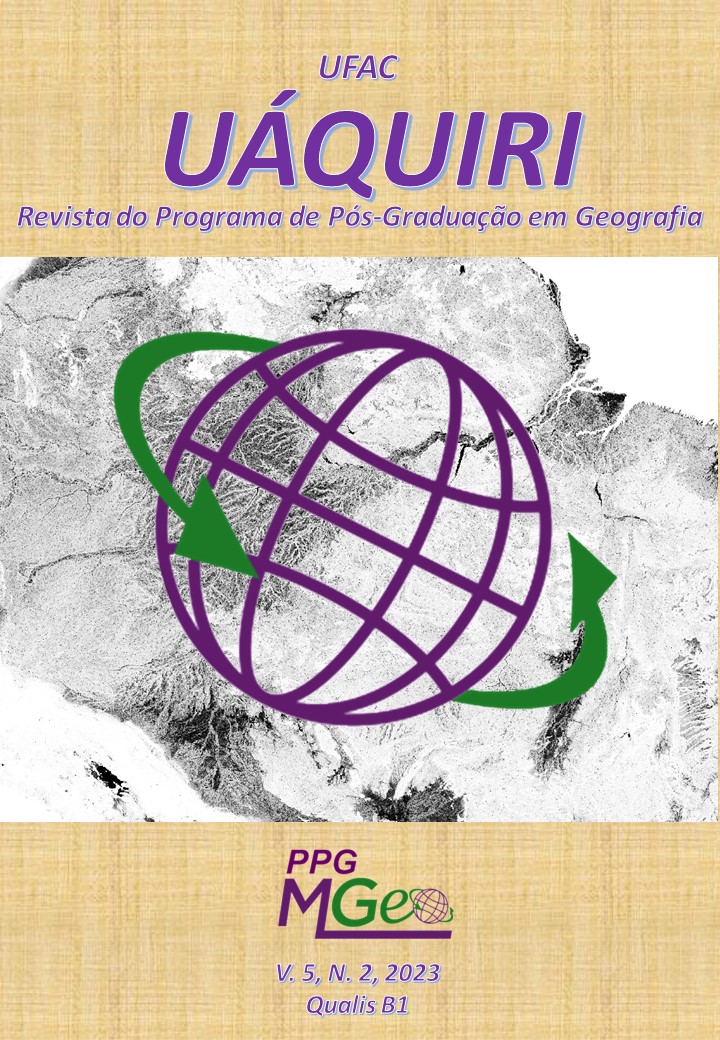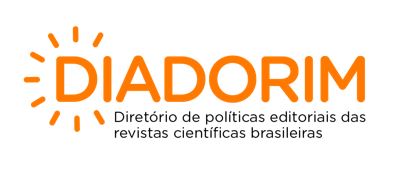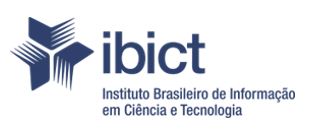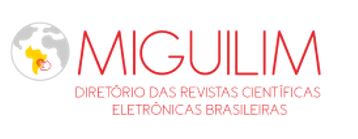USE OF RAINWATER FOR POTABLE AND NON-POTABLE PURPOSES: PERCEPTION OF USERS AT UNIVERSIDADE FEDERAL DO ACRE – UFAC
DOI:
https://doi.org/10.29327/2151710.5.2-6Keywords:
Rainwater collection; Acceptability; environmental preservation.Abstract
The scarcity of drinking water has stimulated the action of national and international institutions in the search for crisis management around water resources, with a focus on sustainability and water security guidelines, which are in line with the metrics of the Sustainable Development Goals (SDGs). Among the rational measures for managing water resources are systems for capturing rainwater as an alternative source of supply, acting in the conservation of the environment and stimulating the local economy. However, the acceptability of this type of solution still faces obstacles, many of them linked to social, cultural and economic issues. In view of this, the article aimed to analyze the perception of users of the Universidade Federal do Acre on the use of rainwater for potable and non-potable activities. Configured as a case study, the research was anchored in the use of the method of data collection through a questionnaire, applied in digital form and, through descriptive analysis, the characteristics that guide the perception of the academic community on the subject were verified. The results showed that, in general, there is a high level of knowledge on the subject, motivated by the fact that it is an academic environment, in which access to information, in theory, is broader and more diversified. It was also verified that activities in which there is no consumption or direct contact are more accepted by the analyzed community, that is, there is greater acceptance for activities with non-potable uses of rainwater. Finally, it was concluded that the use of rainwater could reduce costs for the administration of the Campus, as well as contributing to environmental conservation, as well as providing the opportunity to assume social responsibility by using this resource for irrigation and other activities for the benefit of the academic community and surroundings.
Downloads
References
ACRE. Lei n.º 2.540, de 4 de janeiro de 2012. Determina a inserção de sistema de captação e armazenamento de água da chuva em projetos arquitetônicos das unidades escolares estaduais. Rio Branco: Governo do Estado do Acre, 2012. Disponível em: https://www.al.ac.leg.br/leis/wp-content/uploads/2014/09/Lei2540.pdf. Acesso em: 25 jul. 2023.
ALVES, M. F.; MACHETTO, M.; CURI, S.; PIMENTEL, G.; RODRIGUES, R. V. Avaliação de sistema de cisternas para captação de água de chuva instalados em comunidades rurais de Mato Grosso – Brasil. Engineering and Science, v. 1, n. 5, p. 40-48, 2016. https://periodicoscientificos.ufmt.br/ojs/index.php/eng/article/view/3714/2627
BARBETTA, P. A. Estatística aplicada às ciências sociais. Florianópolis: Editora da UFSC, 2010.
BATISTA, L. M.; NEU, V.; MEYER, L. F. Água de chuva: uma alternativa para comunidades rurais no estado do Pará. Revista Tecnologia e Sociedade, v. 18, n. 54, p. 21-37, 2022. https://periodicos.utfpr.edu.br/rts/article/view/14779/9101
CARVALHO, S. A.; ADOLFO, L. G. O direito fundamental ao saneamento básico como garantia do mínimo existencial social e ambiental. Revista Brasileira de Direito, v. 8, n. 2, p. 6-37, 2012. https://seer.atitus.edu.br/index.php/revistadedireito/article/view/286/236
COSTA, F. S.; ALNSO, J. M.; ARNAUD-FASSETA, G.; MARQUES, A. As grandes cheias de Ponte de Lima, uma abordagem metodológica à análise do risco de inundação na perspectiva da diretiva relativa à avaliação e gestão dos riscos de inundação. Revista Geonorte, v. 1, n. 4, p. 487-500, 2012.
DELGADO, R. C.; SOUZA, L. P. Tendência da precipitação e seu aproveitamento para fins não potáveis na Amazônia ocidental, Acre. Nativa, v. 2, n. 4, p. 108-113, 2014. https://periodicoscientificos.ufmt.br/ojs/index.php/nativa/article/view/1811/pdf
INSTITUTO BRASILEIRO DE GEOGRAFIA E ESTATÍSTICA (IBGE). Cidades e estados. 2022. Disponível em: https://www.ibge.gov.br/cidades-e/estados/se/riobranco.html. Acesso em: 09 jul. 2023.
MARCONI, M. A.; LAKATOS, E. M. Fundamentos da metodologia científica. 6. Ed. São Paulo: Atlas, 2008.
MORAES, R. S.; WEBBER, C. G. Uso das tecnologias da informação na motivação dos alunos para as aulas de química. Scientia cum Industria, v. 5, n. 2, p. 95-102, 2017. https://core.ac.uk/download/pdf/236125758.pdf
NASCIMENTO, T. V.; FERNANDES, L. L.; YOSHINO, G. H. Potencial de aproveitamento de água de chuva na Universidade Federal do Pará – Belém/PA. V. 15, n. 1, p. 105-116, 2016. https://periodicos.ufsm.br/remoa/article/view/19394/pdf
OLIVEIRA, A. V.; SERRANO, R. O. P.; MESQUITA, A. A.; MOREIRA, J. G. V. Temporal trend and estimation od the hydrological risk of maximum rainfall and flow extremes in the city of Rio Branco, Acre, Brazil. Revista Brasileira de Meteorologia, v. 36, n. 4, p. 749-758, 2021. https://doi.org/10.1590/0102-7786360050
ORGANIZAÇÃO DAS NAÇÕES UNIDAS NO BRASIL. Relatório anual 2020 Nações Unidas no Brasil. Brasília: ONU Brasil, 2020. https://brasil.un.org/sites/default/files/2021-10/RelatorioAnual_2020_ONUBrasil_WEB_0.pdf
PROENÇA, G. G.; SCHMIDT, C. A. P. Aproveitamento de água de chuva: um dimensionamento para o caso de aviários. Revista DAE, n. 197, p. 26-30, 2014. http://www.revistadae.com.br/artigos/artigo_edicao_197_n_1568.pdf
SANTOS, J. F. R.; COHIM, E. H. B.; LIMA, C. C. U. Percepção dos professores sobre usos da água de chuva em Feira de Santana-Bahia. Revista Eletrônica de Gestão e Tecnologias Ambientais, v. 5, n. 2, p. 122-136, 2017. https://periodicos.ufba.br/index.php/gesta/article/view/21584/14933
TAMWING, D. S.; MONTEFUSCO, C. L. A.; SERRANO, R. O. P.; MESQUITA, A. A.; MOREIRA, J. G. V. Caracterização do regime fluvial da bacia hidrográfica do rio Acre. Research, Society and Development, v. 10, n. 17, e93101724461, 2021. https://rsdjournal.org/index.php/rsd/article/view/24461/21386
TESTON, A.; GERALDI, M. S.; COLASIO, B. M.; GHISI, E. Rainwater harvesting in buildings in Brazil: A literature review. Water, v. 10, n. 4, 1-25, 2018. https://www.mdpi.com/2073-4441/10/4/471
TUGOZ, J. E.; BERTOLINI, G. R. F.; BRANDALISE, L. T. Captação e aproveitamento de água das chuvas: o caminho para uma escola sustentável. Revista de Gestão Ambiental e Sustentabilidade, v. 6, n. 1, p. 26-39, 2017. https://periodicos.uninove.br/geas/article/view/10030/4723
UNIVERSIDADE FEDERAL DO ACRE (UFAC). Reitoria. 2022. Disponível em: https://www.ufac.br/site/ufac/institucional. Acesso em: 26 jul. 2023.
VELOSO, N. S. L.; MENDES, R. L. R. Aproveitamento de água da chuva na Amazônia: experiências nas ilhas de Belém/PA. Revista Brasileira de Recursos Hídricos, v. 19, n. 1, p. 229-242, 2014.
https://biblat.unam.mx/hevila/RBRHRevistabrasileiraderecursoshidricos/2014/vol19/no1/19.pdf
VENTURA, A. C.; FERNÁNDEZ, L. ANDRADE, J. C. S. Tecnologias sociais para enfrentamento às mudanças climáticas no semiárido: caracterização e contribuições. Revista Econômica do Nordeste, v. 44, p. 213-238, 2013. https://g20mais20.bnb.gov.br/revista/index.php/ren/article/view/29/11










